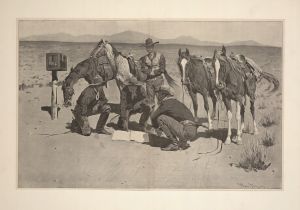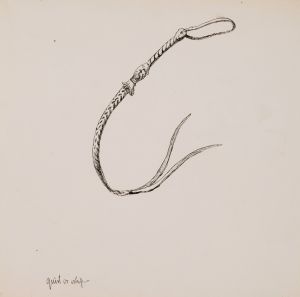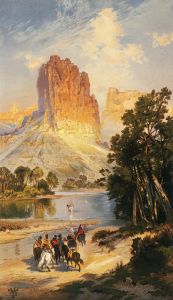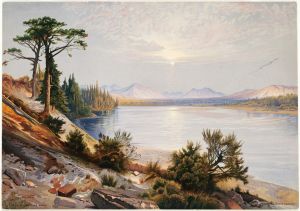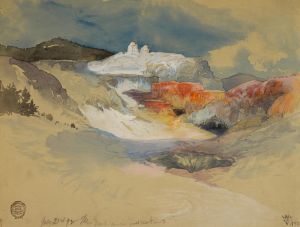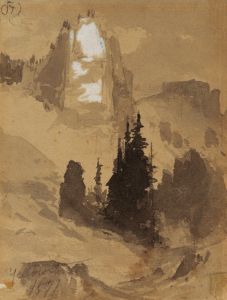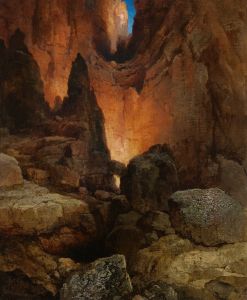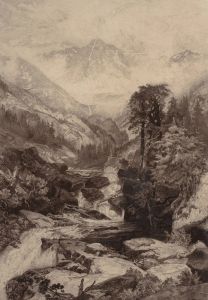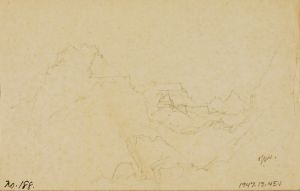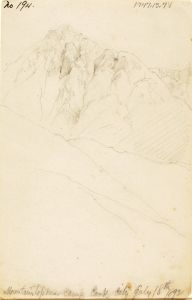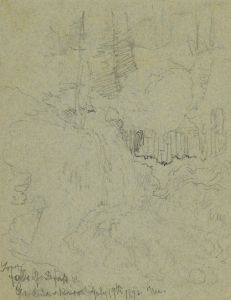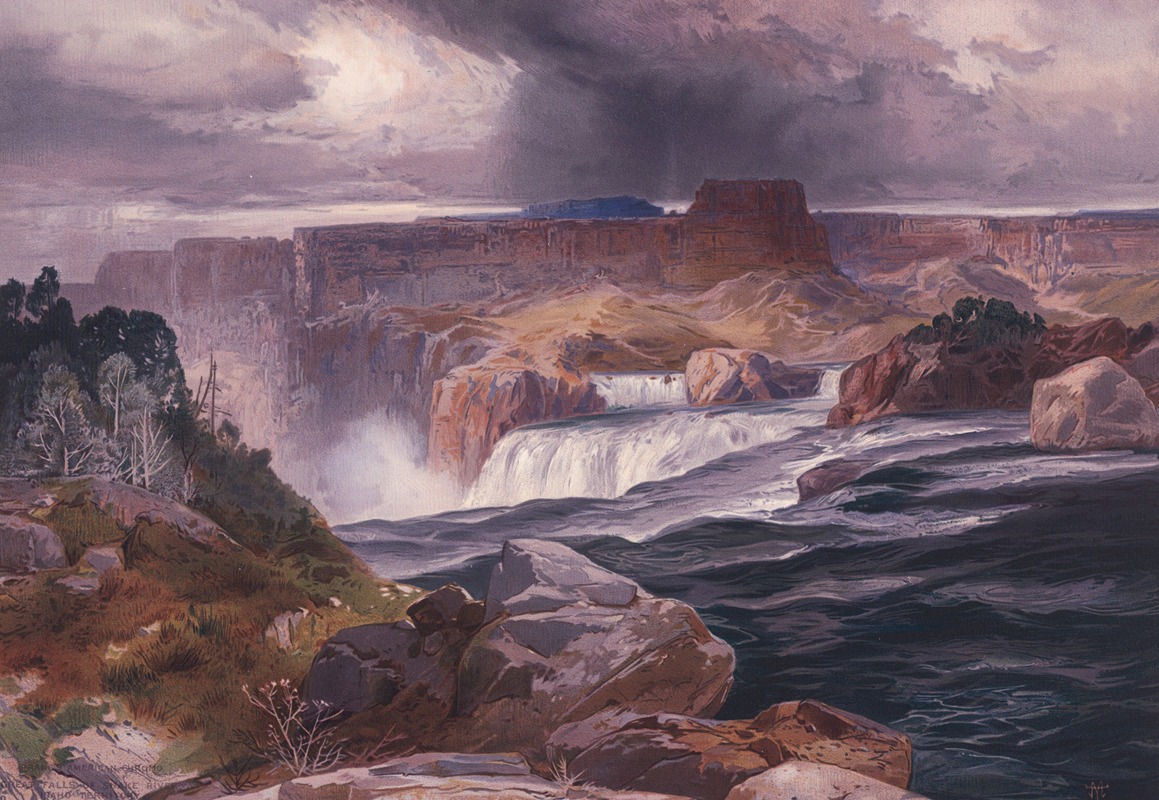
Great Falls of Snake River, Idaho Territory
A hand-painted replica of Thomas Moran’s masterpiece Great Falls of Snake River, Idaho Territory, meticulously crafted by professional artists to capture the true essence of the original. Each piece is created with museum-quality canvas and rare mineral pigments, carefully painted by experienced artists with delicate brushstrokes and rich, layered colors to perfectly recreate the texture of the original artwork. Unlike machine-printed reproductions, this hand-painted version brings the painting to life, infused with the artist’s emotions and skill in every stroke. Whether for personal collection or home decoration, it instantly elevates the artistic atmosphere of any space.
"Great Falls of Snake River, Idaho Territory" is a painting created by the American artist Thomas Moran in 1873. Moran, a prominent painter of the Hudson River School and Rocky Mountain School, is best known for his dramatic landscapes that captured the grandeur of the American West. This particular work depicts the Shoshone Falls, often referred to as the "Niagara of the West," located on the Snake River in what was then the Idaho Territory.
The painting was completed following Moran's participation in several expeditions to the western United States, where he was commissioned to document the natural beauty of the region. These expeditions, including his famous journey to Yellowstone in 1871, significantly influenced his artistic career and contributed to the growing interest in the American West during the 19th century. While "Great Falls of Snake River, Idaho Territory" was not directly tied to the Yellowstone expedition, it reflects Moran's broader fascination with the dramatic landscapes of the West.
The artwork captures the immense power and scale of Shoshone Falls, which stands at 212 feet (65 meters) high and spans approximately 1,000 feet (300 meters) wide. Moran's use of vivid colors, intricate details, and dramatic lighting conveys the awe-inspiring nature of the falls and the surrounding rugged terrain. His romanticized portrayal of the scene aligns with the aesthetic principles of the Hudson River School, emphasizing the sublime and the transcendental qualities of nature.
Moran's paintings, including this one, played a significant role in shaping public perceptions of the American West. His works were instrumental in promoting the idea of preserving these natural wonders, contributing to the establishment of national parks and the conservation movement in the United States. While "Great Falls of Snake River, Idaho Territory" is not as widely recognized as some of Moran's other works, such as "The Grand Canyon of the Yellowstone," it remains an important example of his artistic legacy and his dedication to capturing the majesty of the western landscape.
The painting is currently housed in the collection of the Gilcrease Museum in Tulsa, Oklahoma, which holds a significant number of Moran's works. The museum is known for its extensive collection of art and artifacts related to the American West, making it a fitting home for this piece.





